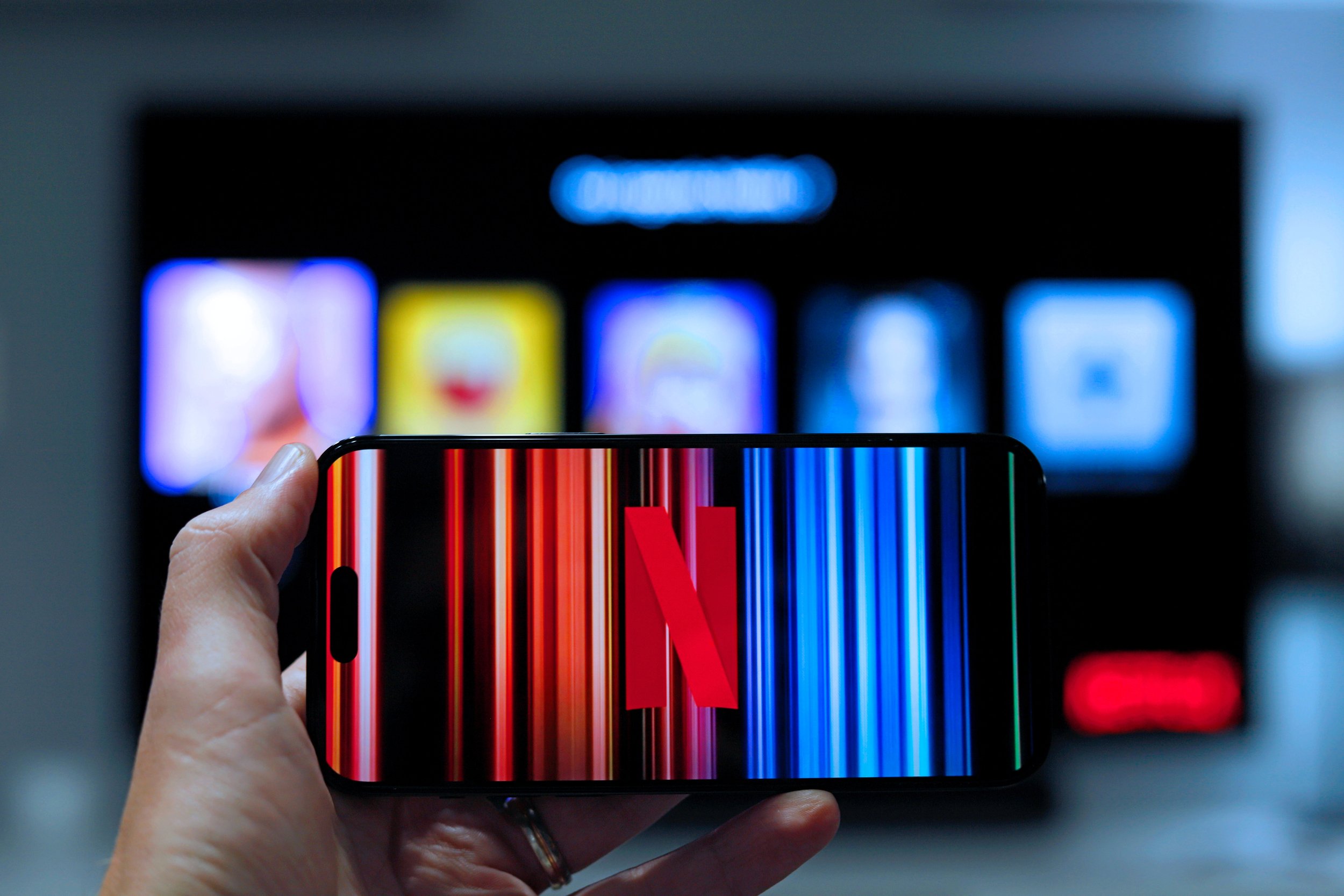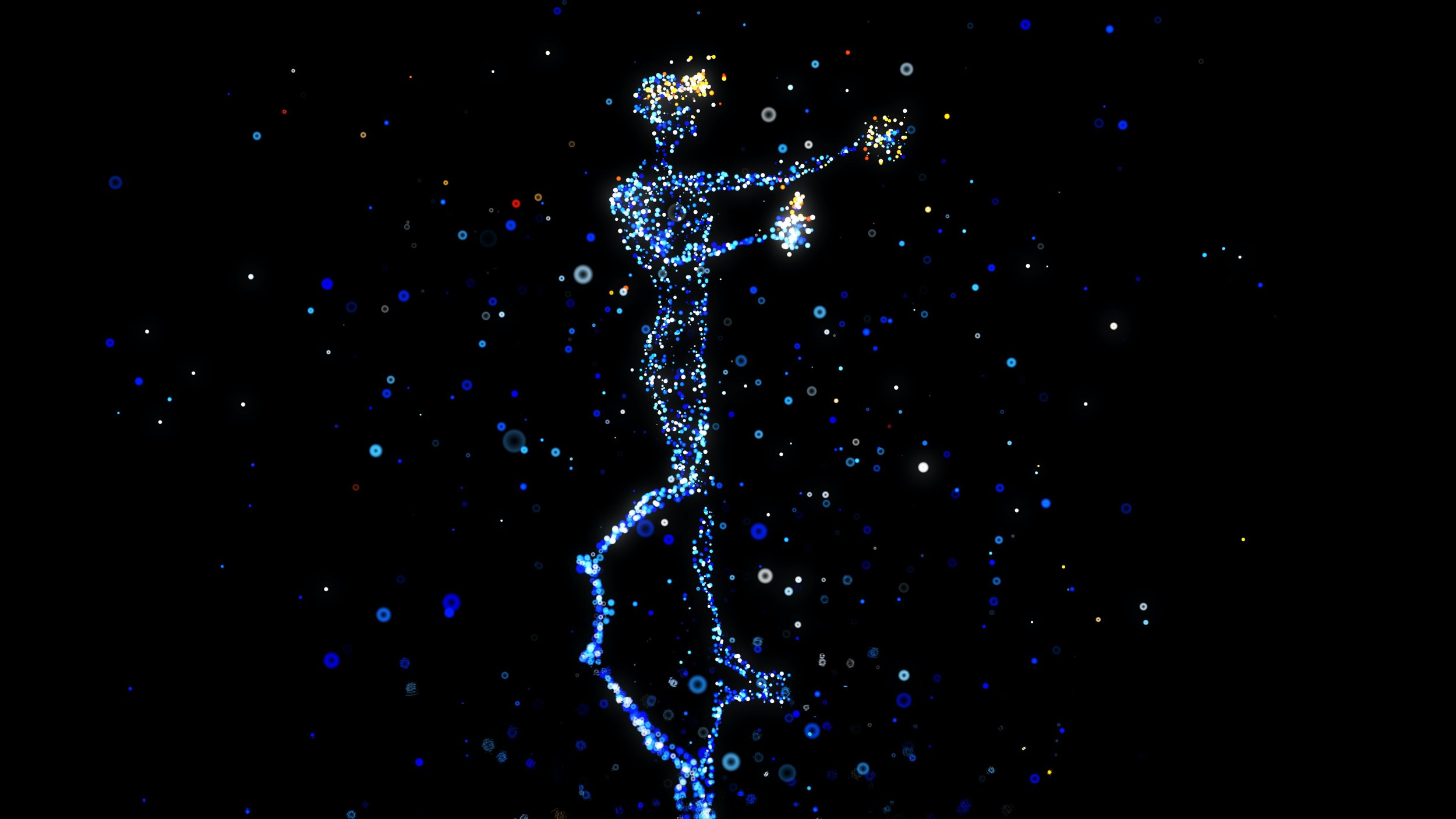
Intense Imagery Movements
IIM
-
IIM is short for Intense Imagery movements.
It is characterized as Intense acts of imagery or imagination linked with motor stereotypies.
They are episodic and repetitive visualization events that can vary from session to session (read “IIM experience” below for more details).
IIM is a conscious act where individuals actively (choose to) participate in it. However, participants have limited conscious awareness during engagement.
IIM does not occur during sleep.
Attention can be redirected and focus returned when prompted.
-
IIM affects a select subgroup of individuals with Complex Motor Stereotypies (CMS).
IIM is unique to each individual (read “IIM experience” and engagement below for more details).
Children, youths and adults are all capable of engaging in IIM
Individuals with IIM are known to have CMS.
Not all individuals who have CMS have IIM.
Individuals who perform IIM have great capacity for complex imagery.
IIM allows some individuals to engage in intricate and complex cognitive abilities during acts of imagery.
People who belong to this subgroup may find that they naturally have strong verbal skills and/or visual memory recall related to the regions of the brain thought to be affected by IIM (the fronto-parietal and occipital-temporal networks for visual mental imagery and visual memory processes).
-
It is believed that CMS functionally supports image generation and memory construction for IIM with the suggestion that it helps increase sensory stimulation.
-
Individuals who perform IIM are thought to lack the ability to focus when the opposite is true. They in fact have an inordinate ability to hyperfocus (read below for more details).
“IIM can be a gift beyond imagination - perfect for innovating, ideal for problem solving, and unique from individual to individual.”
Intense Imagery Movements: The Movie in Their Minds
Researching and trying to understand the world of neurodiversities, we often find ourselves on a complicated winding journey. It’s a never ending game of whack-a-mole where you answer one question and it opens a Pandora’s Box of 1000 more. You’ve learned about Autism, heard about Dyslexia, stumbled on DCD, Dyscalculia, and Complex Motor Stereotypies…only to have one more neurobiological landmine thrown at you - Intense Imagery Movements.
In the landscape of neurological conditions, there exists a select and privileged group of young and old that can access another dimension of the imaginative mind when engaged in Complex Motor Stereotypies (arm flapping, hand wriggling, toe walking, facial expressions, and more). An act defined as Intense Imagery Movements (IIM). For these individuals, IIM unlocks a rich, vivid, virtual world, unmatched by our normative imagination. It’s an unfolding of the mind where narratives, pictures, and ideas appear, and can effortlessly form into fully functional concepts and complete works. More than a daydream, it is imagery, events, a story, at times an entire universe that can play out in their brains - punctuated with hyper-realism - and for some, truly self-immersive. For those who experience it, IIM can be a gift beyond imagination - perfect for innovating, ideal for problem solving, and unique from individual to individual.
What Is The IIM Experience Like?
There are so many facets to this inexplicably, intoxicating phenomenon of IIM. Pleasantly, IIM images and stories can run in the background of people’s minds, while they carry out their lives in the outside world - simmering until it can be activated into their true potential. In contrast, IIM can also be a self-initiated, full-scale production abounding in energy and excitement - fanned into a blistering immersive hyper-reality when outside input is added. It can be packaged like a virtual multiplex in the individual’s minds, with a network of screens and different shows playing simultaneously (with one dedicated screen to the outside world). Sometimes, it presents as a single full-length feature on a cinematic screen with reality distant in the background. The frameworks are endless and tailored to each session and individual. The most heightened experience of all is when the individuals themselves are intricately woven into the hyper-realistic fabric of their IIM virtual world, and unleashed.
Similar to a streaming service, this imaginative universe can be passively binged like an audience member in their private home theatre (snacks included and on-demand). The fun part is that the perspectives and visual vantage points of how they see and experience IIM can change. It can be projected on a screen (or without) and viewed comfortably up close – at times, even watching themselves in their own on-screen production. It can come into focus through a 360 degree panoramic lens (much like Google Earth Street View), enjoyed from a distance (with a 10 000 ft overview of the bigger picture), and also in immersive mode, as an actor or bystander from within.










“These amazing individuals are the creators of unfathomable IIM universes and the show-runners of their own mind. ”
IIM: More Than “A Beautiful Mind”
The real magic of the experience rests in the level and the way this special subgroup of people are able to indulge in their IIM - each with their own distinctive abilities. This interaction can be extraordinarily dynamic, where the scripts of their imagination can be changed, stopped, revisited, rewound, fast-forwarded, slow-moed, or played on a feedback loop if desired. The edits are always within the purview of their control - immediate, seamless and without limitations. More advanced is the physical and mental manipulation of the IIM world. Here people, objects, even the entire IIM universe itself can be moved, shifted, handled, rotated, tested, altered, and tweaked by the participants. This virtual mind-bending is the perfect foil for unlocking the future. These amazing individuals are the creators of unfathomable IIM universes and the show-runners of their own mind.
“IIM initiates a wonderland of the person’s own making and control. A creative outlet. A place to innovate. A release. ”
Intense Imagery Movement Sessions:
Always an act of conscious engagement, the heightened realism of IIM imagery is immeasurably appealing and powerful - almost addictive - especially for young and inexperienced minds. When entered, these IIM sessions can be limitless in frequency and time, lasting from a few minutes to hours on end. Reportedly, the Intensity of IIM varies from light engagement (for entertainment value), to physically and mentally taxing, full body, immersive experiences, with an enormously gratifying form of endorphin rush and dopamine hit that follows. All of this is dictated by the individual’s state of mind (such as boredom, excitement, joy, anxiety), their ability to control or mask it, their environment (the kind of stimuli to feed the IIM machinery), and their social surroundings (which may cause them to suppress it or fully engage in it).
“IIM has the potential to develop into a beautiful, untapped advantage, and an extraordinary gift for this unique group of children, youths, and adults.”
Sometimes There Is A Mistaken Sense Of Escapism…
As neurotypical outsiders, the imaginative world of IIM is incomparable. For us, often what we see is a child (or an individual), lost in their stereotypic movement - tuned out and turned off to the world around them. Often the belief is that people who demonstrate IIM have limited conscious awareness and an inability to focus, when the opposite is true. Instead, these individuals have an enormous capacity to hyper-focus, and remain engaged, making them, and their minds, exceptional in many ways. Unfairly maligned in childhood as disruptive, distractive behaviour, IIM, like CMS and dyspraxia, can grow and evolve over time with maturity and experience. Once awakened and fully realized (through love, understanding and acceptance), IIM has the potential to develop into a beautiful, untapped advantage, and an extraordinary gift for this unique group of children, youths, and adults.

Intense Imagery Movements Are Often Linked With Complex Motor Stereotypies.
Hand waving, arm flapping, toe walking, and finger wriggling are just some examples. Are these some of the movements that accompany the creative imagery and stories of your IIM? Learn more about CMS.
Is It Daydreaming?
To be clear, IIM appears distinctly separate from maladaptive daydreaming and even our everyday mindless musings. Though there are similarities in duration, repetitive movements, and intensity; maladaptive day dreaming is seemingly tied closely to trauma, triggers, anxiety and mental health disorders. IIM, in contrast, initiates a wonderland of the person’s own making and control. A creative outlet. A place to innovate. A release.
Is It Stimming?
Differentiating IIM from other tic disorders and stimming behaviour, IIM engagements can be relatively, easily-interrupted, and the person’s attention refocused. There are occasions when it can be mentally and physically uncomfortable for a child (or individual) to have their IIM session broken up, particularly during an intensely immersive one. That’s because during IIM, there’s a palpable build up of mental and physical energy and excitement (within the body) that needs a release, and often doesn’t culminate until the end of the experience. This is simply remedied when the participant is permitted to revisit, reengage and relax into their IIM worlds.







